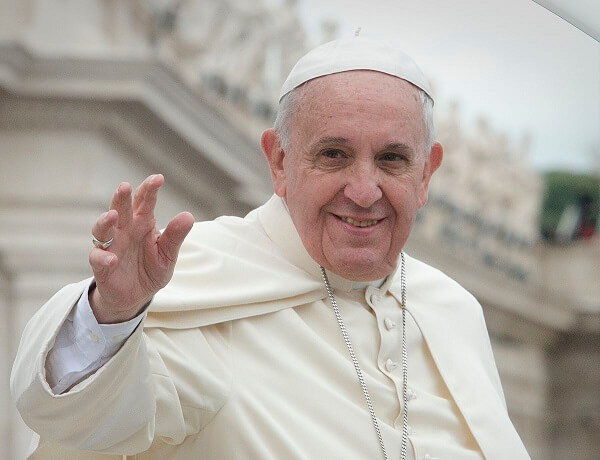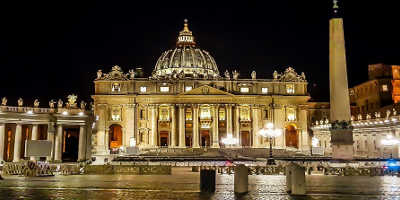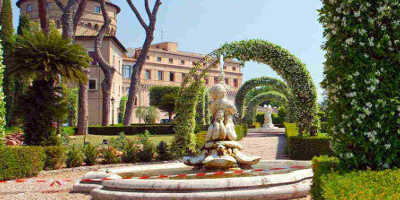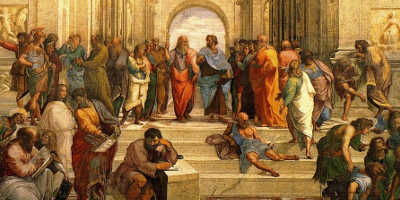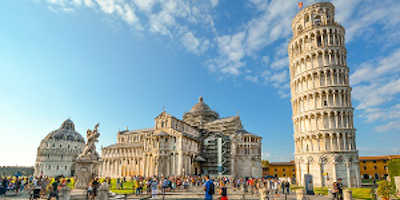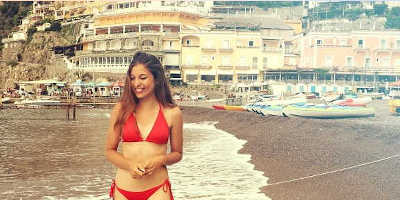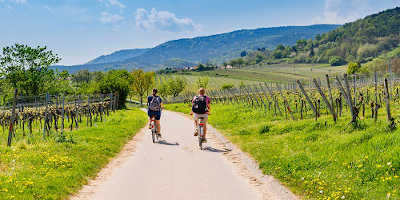What government does Vatican city have
When people think of the Vatican City they most likely think of its religious artwork and the Pope. But how much do you know of its governance? How did the Vatican become its own city-state?
Vatican City is famous throughout the world for a heaven of incredible artwork and rich Italian culture, but what people may not know is its governance. It is the smallest independent city-state in the world, despite being surrounded by the capital city of Rome. So how did it become its own country? And who is in charge?
History of Vatican
The Vatican City became an independent city-state on the 11th February 1929 by the Lateran Treaty signed by the Holy See and the Italian government. That’s the short story, to find out more we need to go back in time before 1929, and look at the build up to this date.
As with most things in Italy, the beginnings of the Vatican started during the Roman Empire when the area was just a marshy region called Ager Vaticanus. The region soon came to be populated by expensive villas and even a circus for Roman entertainment. The rise of Christianity was not taken kindly by the Roman Empire however, who believed in their own deities and saw this new religion as a great threat. According to legend, it was at the base of Vatican Hill that Emperor Nero executed St. Peter and other Christians in 64 AD, where they were then buried in necropolis. It wasn’t until Emperor Constantine I came to power that Christianity was embraced by the Romans and he began constructing a basilica over St. Peter’s tomb in 324 AD. St. Peter, being the leader of the early church, was an important figure in Catholicism. Therefore the Basilica soon became a spiritual centre for Christian pilgrims, leading to the development of housing for clergymen and the formation of a marketplace that became the thriving commercial district of Borgo. The wall surrounding the Vatican City was built in 846 AD after a load of Saracen pirates damaged the Basilica and other areas of the thriving community. The 39-foot wall still stands today and encloses the whole Vatican territory as well as the Borgo district.
Over time much of the district has been expanded and developed, including the construction of the grand residence adjacent to St Peter’s Basilica and further developments done to the city’s walls. In 1277 a half-mile long, secret passageway was assembled to link the Castel Sant’Angelo with the Vatican City. Known as the Passetto di Borgo in Italian, the passageway is an 800-metre long corridor that was used as an escape route for the Pope when he found himself in danger. Other important features which make up the Vatican City include the Apostolic Palace built in 1450, the famed Sistine Chapel constructed in the 1470s and the foundations of the Vatican library started by Nicholas V. The most significant changes, however, came in the 16th century with Pope Julius II, who commissioned Michelangelo to paint the Sistine Chapel ceiling and tapped architect Donato Bramante to design the Belvedere Courtyard. Following his death there were decade-long debates about how to continue the project which was finally ended when Michelangelo made the solo-decision to carry on with the plans made by the artists before him.
Government of Vatican
More confusion and debate ensued when the unified Italian government claimed virtually all of the land outside the city’s walls in the 19th century. Traditionally, Popes held power over regional territories known as the Papal States. This was until 1870 when the Italian government stepped in and tried to take control. The Pope retreated into Vatican City’s walls, refusing to acknowledge the Kingdom of Italy as a country. Instead of forcing him out of the Vatican, Italy assumed they would simply wait until the Pope cracked. This was an assumption that soon fell through however, and a standoff began between the Church and secular government, which lasted for the next 60 years, with numerous popes accepting this self-imposed captivity. It wasn’t until 1929 that an agreement was reached which involved the signing of the Lateran Pacts. The pacts established Vatican City as a sovereign entity distinct from the Holy See, and granted the church $92 million as compensation for the loss of the Papal States. A deal worth waiting for it seems!
The Holy See, which translates to the Church having the ‘seat of government’. It is a monarchy in which the Pope is the ‘king’, with the Pope themselves being voted in by the College of Cardinals. The Pope is in control of executive, legislative, and judicial power over the city, but due to their large expanse of duties, delegation is necessary. There are numerous bodies of authorities and senior members that are appointed by the Pope. For example, legislative areas are delegated to the Pontifical Commission for the Vatican State. Executive authority is deputized to the President of this commission who is also named the President of the Governorate of Vatican City.
As of today, the Vatican remains the home of the Pope and the Roman Catholic Church for some 1.2 million followers. Whether you’re a follower or not, the Vatican is a remarkable place with so much to see and do!
Related article: Why you should visit the Vatican Historical Museum?


